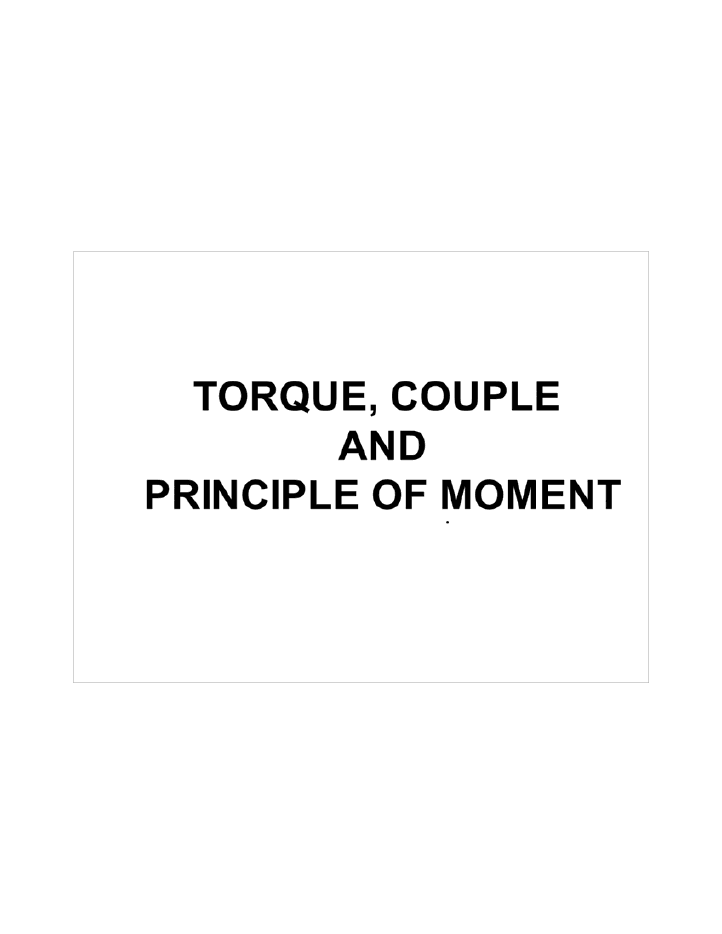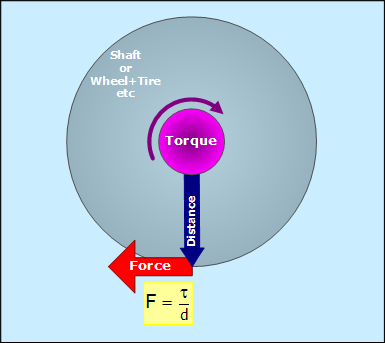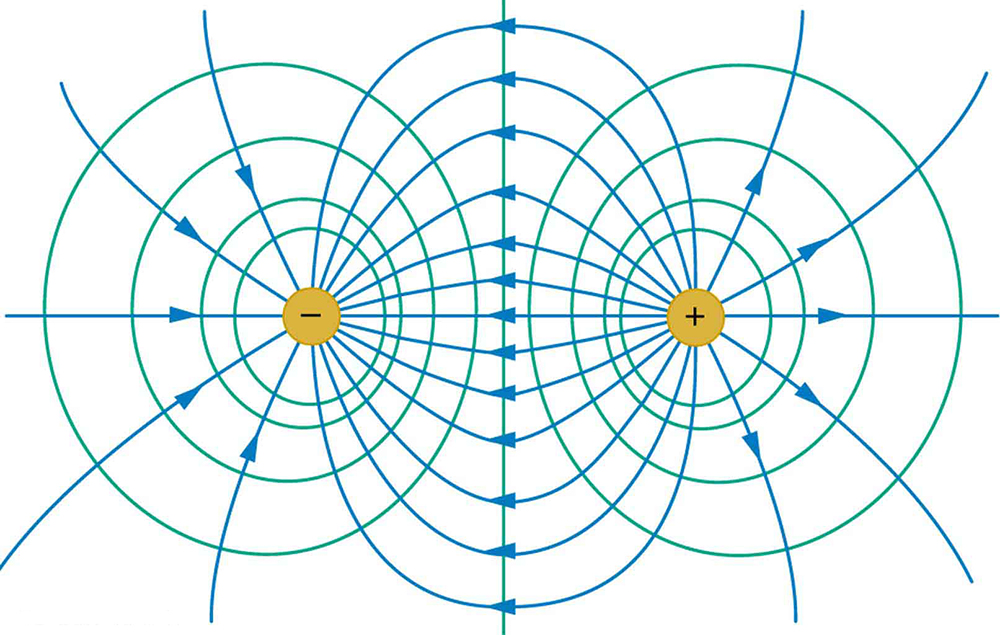Difference Between Torque and Couple

Torque represents the degree of rotational impact force which is directly proportional to the force applied by a rotating body. To measure the torque of a rotating body, locate the point of rotation and the point of application of force.
Torque has always been the main criteria for evaluating capacity of a power unit i.e. we can estimate the potential of any engine with the help of torque. Engine torque is outstanding and has a nominal capacity, which can be found in the technical documentation that comes along with the device.
The torque is equal to the product of the force on the shoulder. In addition to engine power and torque, the elasticity of the engine is another important concept in which torque is dependent.
A couple, on the other hand, involves two equal yet opposite forces applied to rotate a body. It is the force that produces no resultant moment. The ideal scenario when the couple takes place is when the opposite but equal forces apply on the body and their lines do not coincide with each other.
Instructions
-
1
Torque:
Torque is the tendency of force to rotate an object around its axis. Torque is the product of displacement and force i.e. T= r x F where T (torque vector), r (displacement vector) and F(force vector).
To increase the torque several times, increase the force on the body at the same time. If this is not possible, increase the length of the arm. Increasing the acute angle between the arm and the force vector will also increase the torque level. Please note that the maximum torque forms at the angle α = 90º. Maximum torque can be achieved when the force is perpendicular to the shoulder.
- Image Courtesy: craig.backfire.ca
-
2
Couple:
A couple involves two forces applied on different directions with an equal magnitude. There are different kinds of couples and the simplest form is a “simple couple” which consist of two forces whose lines of action do not coincide with each other.
Couples are free vectors. They create rotation without acceleration of centre of the mass and their resulting moment is known as torque. So, this moment should not be confused by torque.
- Image Courtesy: cnx.org








